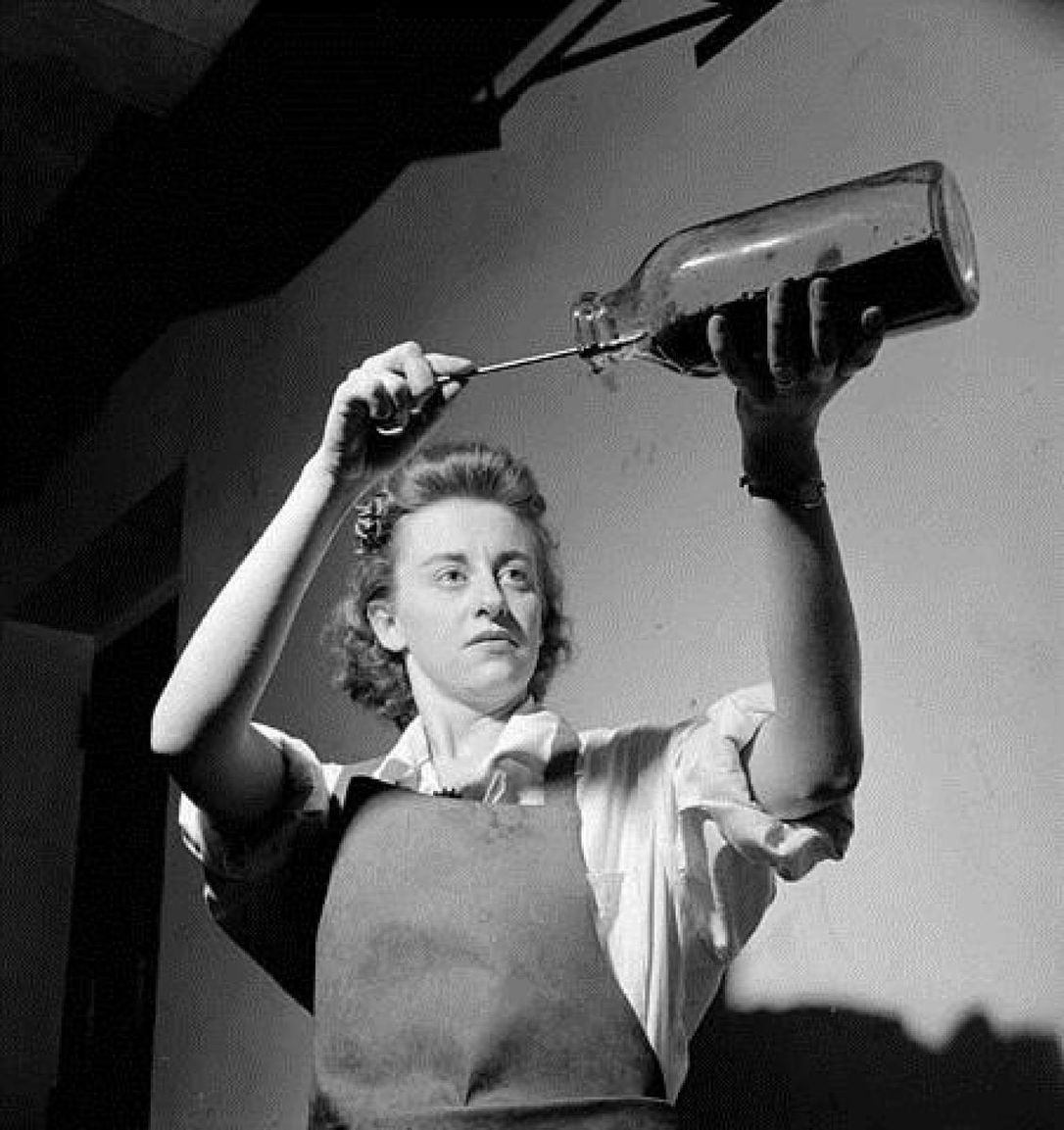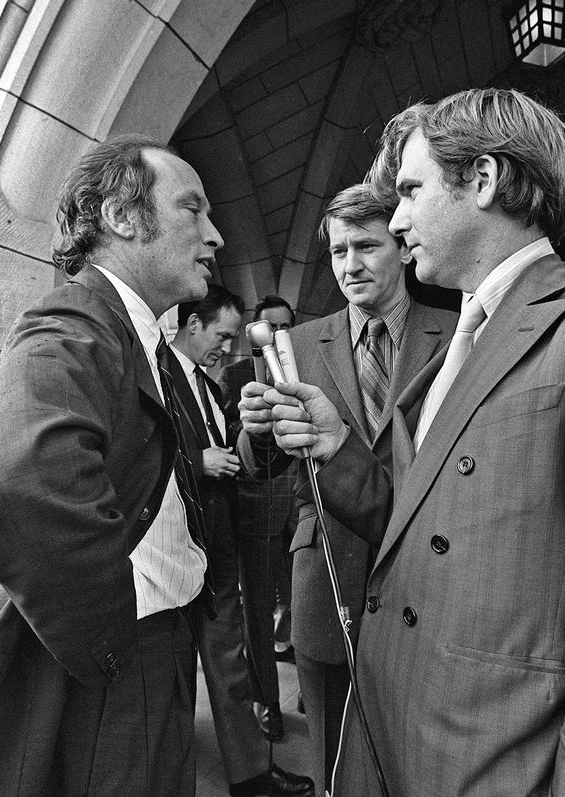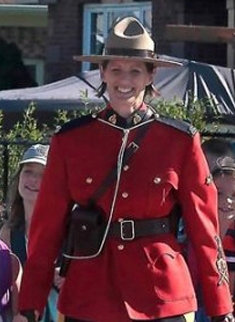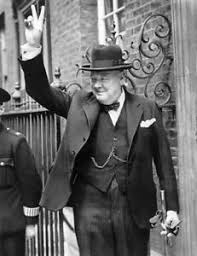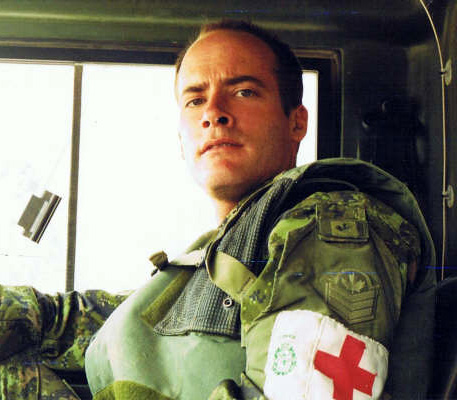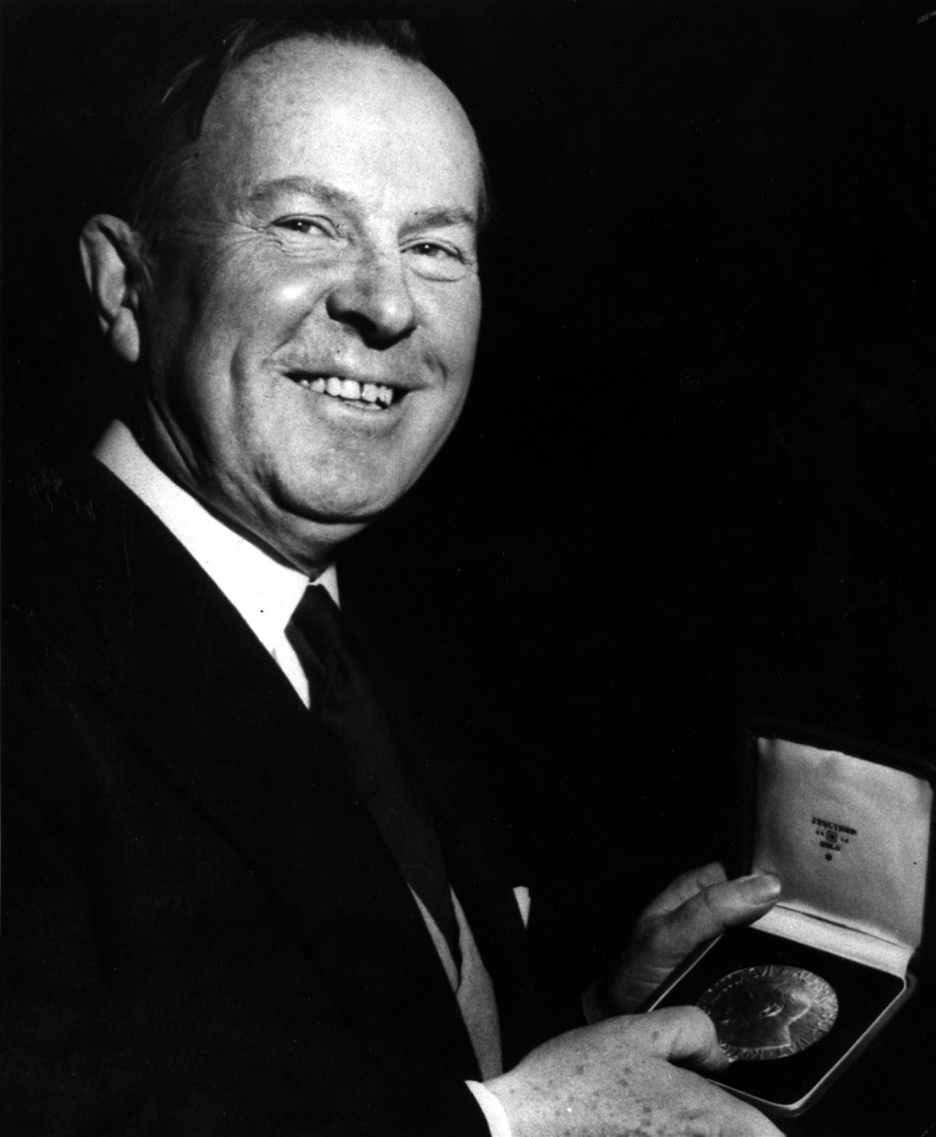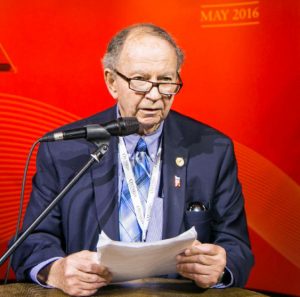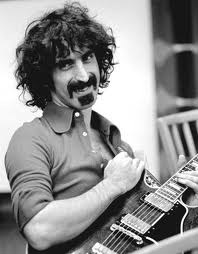
Until about a year ago, it sat there, unused. It was just a piece of furniture filling a corner of my office, covered in dust and unopened. Its knobs, glass dials and chrome corners pretty much untouched for years. Then, shortly after Trudeau and Ford locked things down, the result of the pandemic, I unlocked its lid, turned the dial to “phono,” and got reacquainted with an old friend – my record player.
I should say friends. In the opposite – and equally dusty – corner of my office, I pulled out some of my favourite vinyl. And I got lost in the leisure of pulling discs from their cardboard jackets and paper sleeves, sliding them onto my turntable, dropping the stylus in the groove and turning up the volume. (more…)
